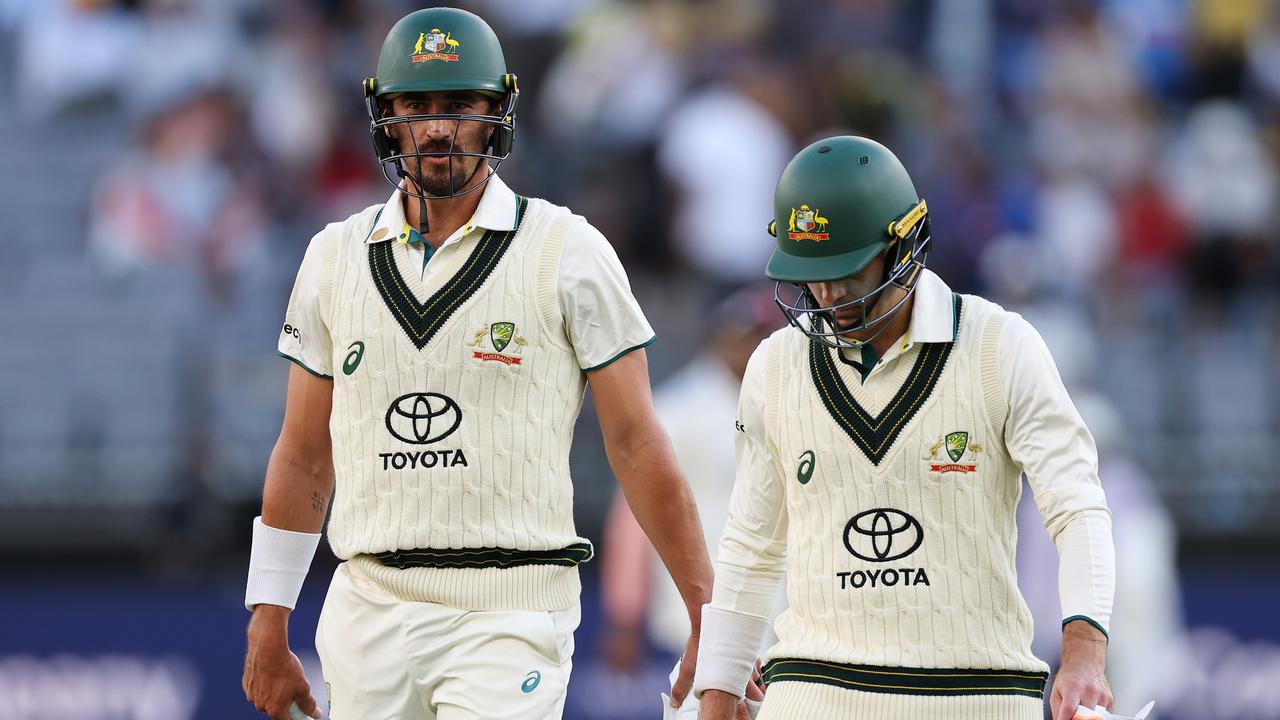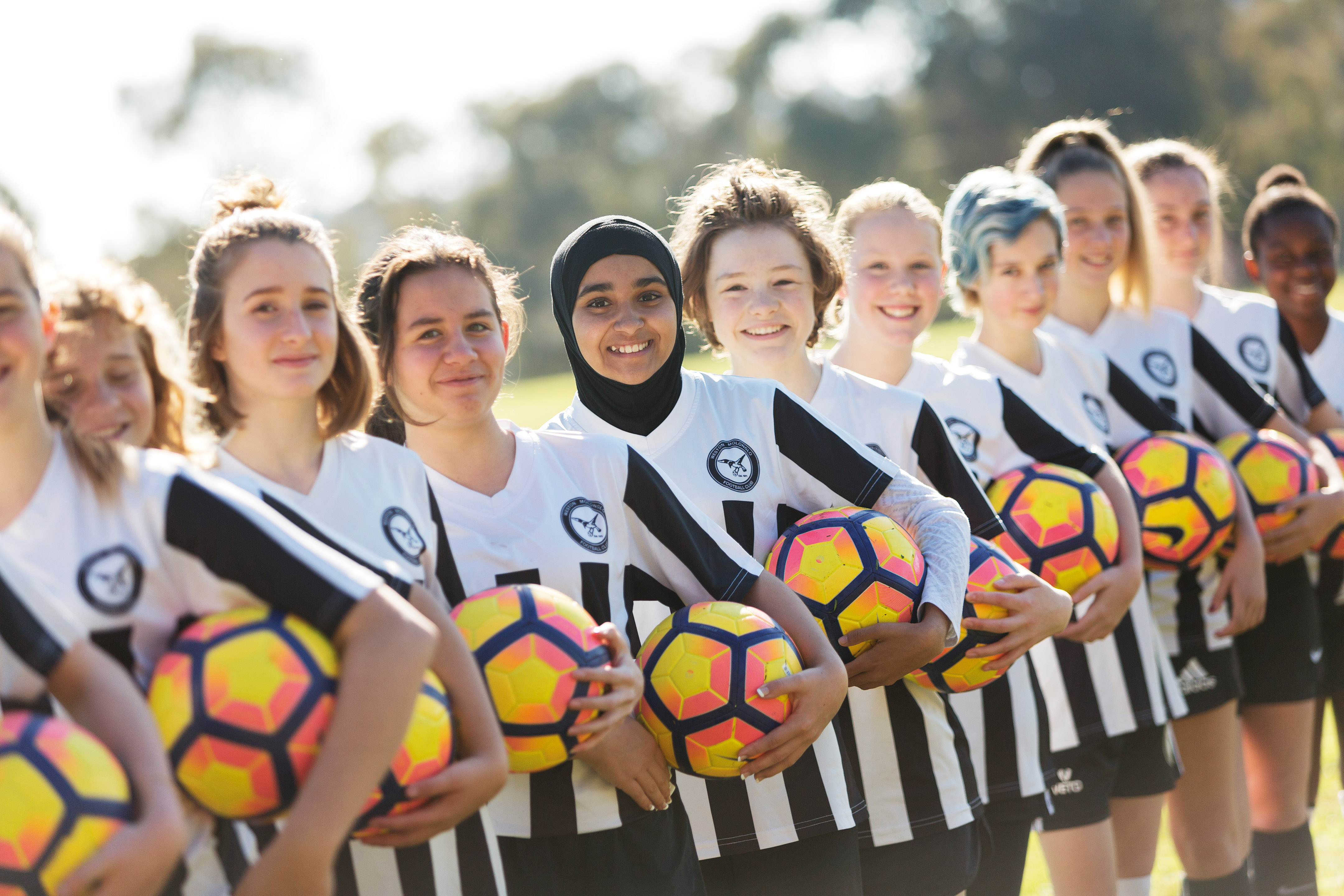The contested science of head injuries in sport

- by Admin
- August 30, 2024

A core member of the NRL’s concussion research group is also one of the most outspoken critics of the link between repeated head injury in sport and the neurodegenerative disease chronic traumatic encephalopathy (CTE).
Dr Rudy Castellani, a professor of pathology at the United States’ Northwestern University, says CTE is an “invented disease … conjured out of thin air” by scientists at Boston University’s CTE Center.
In an expert statement for insurers fighting a US$1.3 billion settlement involving more than 1700 former American National Football League players and their families last year, Castellani accused the Boston University scientists of using “spurious staining techniques … unprecedented in neuropathology” that may have intentionally “manipulated” their findings.
In a response, the Boston facility said all brain donors had been “comprehensively evaluated by a team of three board-certified neuropathologists, who reach a consensus on the final research diagnoses”. The university said tissue samples “were shared with another 60 academic institutions and more than 130 peer reviewed manuscripts in respected scientific journals had been published”.
Castellani’s views corroborate the Australian NRL’s multimillion-dollar research program into former elite-level rugby league players, which to date has concluded there is no link between concussion and depression or other cognitive problems.
Castellani has provided expert witness statements to multiple football codes asserting CTE is not a neurodegenerative disease but was instead “normal ageing”.
At World Rugby’s concussion conference held in Amsterdam in late 2022, Castellani said it was “pure hypothesis at best” to say CTE was caused by “sport exposure”.
“I don’t think this is healthy to stamp neurodegenerative disease on the foreheads of athletes without proper scientific support,” he said. “We are now equating sports to an environmental exposure like pesticides or something like that.”
In 2022, the National Institutes of Health, part of the United States Department of Health and Human Services, issued a consensus statement by the world’s top neuropathologists stating that CTE was a unique neurodegenerative disease “caused in part” by prolonged exposure to repeated head injury.
At the same conference in Amsterdam, the NRL’s lead researcher, Associate Professor Andrew Gardner, said CTE was a “hypothesis” that needed to be “tested”.
Gardner reported that three quarters of the 200-plus former elite players studied by the NRL were doing “absolutely fine”, while the remaining quarter were having problems, which ranged from “some” to “significant” and “unfortunately diabolical”.
It’s the “diabolical” cases that caused grief to NRL investigators last year. Complaints sparked two separate investigations into the NRL research program, one by Sydney University’s human ethics committee and another by the NRL itself.
In these, families reported they were not told of dementia diagnoses. Other families complained that their opinions were not sought by researchers to see how they were living their lives.
“They should live a day in my life,” said Sheree Miller after being told her husband, Glenn Miller, a former Penrith Panthers and Newcastle Knights player, had a normal memory for a 54-year-old.
By 2021, with her husband in decline, Sheree accompanied Glenn to see the NRL researchers to learn he had been diagnosed with Alzheimer’s disease some years before.
Sheree said she “threw a hissy fit”. She said the family GP had not been informed of the diagnosis.
“Is Glenn another statistic? What are you doing for the participants? How many other men are going through this?”
Other former players diagnosed with dementia included former St George player Trevor Crow, then aged 59.
Diabolical cases, such as Miller’s and Crow’s, were left out of key NRL studies because of the dementia diagnosis. One such study reported depression and cognitive status were not correlated with concussion.
In mid 2024, citing “privacy reasons”, Sydney University and the NRL quietly found there were no issues with the NRL’s research but declined to release details of their review. None of the families were spoken to about their concerns.
Castellani told The Saturday Paper he was unaware of the investigations into the NRL’s research program, describing Dr Gardner and his colleagues as “among the most exceptional neuropsychologists and scientists on earth, with unassailable integrity”. He said Gardner was “a tribute to your continent; I wish there were more people like him in the US”.
The AFL’s $25 million concussion study, announced in 2022, has also stalled. Despite promising a new era of “transparency”, the AFL now refuses to answer questions about whether or not it has even started.
The $25 million project is a reboot of the code’s “landmark” 2013 project, which the AFL later admitted had withered from neglect.
That project was “under-funded and under-resourced”, according to an AFL investigation called in the wake of revelations that its former top concussion adviser, Dr Paul McCrory, had included plagiarised material in several articles, a number of which were retracted. The British Journal of Sports Medicine asked if McCrory had “warped the concussion narrative” in such a way as to make concussion seem like a less serious injury.
The AFL has criticised research showing most players would be still suffering brain injury well beyond when they would have returned to play under current concussion protocols.
The Monash University study, published in June, reported levels of certain blood biomarkers associated with brain injury in 81 concussed players in the Victorian Amateur Football Association (VAFA), compared with 56 controls. It reported elevated levels of the serum GFAP and NfL levels for at least four weeks after an injury and in a smaller number up to 26 weeks.
Researchers concluded these prolonged biomarkers suggested current return to play protocols, which are 12 days in the AFL, should be revised and made more “conservative”.
Lead researcher Dr Stuart McDonald said the best way of explaining the blood biomarkers was they were “just bits of brain in your blood”. He said: “It’s crude to put it that way, and we are talking very small amounts, but that’s what it is.”
The AFL said the Monash paper wasn’t relevant. General manager of corporate affairs Jay Allen said: “A study based on the VAFA, which has a minimum 21-day stand down, and then comparing it to the professional AFL competition minimum 12-day return to play, is not balanced.”
There are also questions over the AFL’s key brain injury project – a brain donation scheme for former players, to aid research.
The league accepts that studying brains of deceased players is critical for its longer-range projects to be meaningful, and for the search for an in-life diagnosis of CTE. At the moment it is only diagnosable post-mortem.
In 2020, a Victorian coroner recommended the AFL “actively promote brain donation to the Australian Sports Brain Bank” in order to make a meaningful contribution to player safety, but to date no brain-donor program has been established.
In late 2023 Victorian coroner John Cain turned his focus on CTE prevention. Cain was investigating another AFL CTE casualty – former Richmond player Shane Tuck, who suicided aged 38 with what his family called a “war zone” in his head.
Cain deferred to the expert evidence of leading US CTE expert Dr Robert Cantu of Boston University, who recommended a reduction of contact training and the introduction of smart mouthguards embedded with accelerometers designed to measure the quantum of hits to which a brain is exposed.
Cantu explained that the risk of developing CTE was directly correlated to cumulative hits to the head, and the quantum of those hits over time, and not concussion.
“Cumulatively they may have a greater impact than concussion alone, which is very less frequent,” Cantu said. “And those are the majority of hits that somebody takes over their career.”
According to CTE expert and adjunct professor at Swinburne University of Technology Alan Pearce, the AFL prefers to talk about concussion rather than the dangers of repeated head injury. The concussion protocols and head injury assessment (HIA) focus on what he calls the “symptomatology paradigm” – that is, hits that cause concussive symptoms.
“CTE is not caused by concussion. It’s due to exposure of small impacts over many years,” Pearce told a recent corporate fundraiser for the Concussion Legacy Foundation Australia in Melbourne. “Those people diagnosed with CTE had long careers and started contact sports from the age of five … We’ve had players diagnosed with CTE who have never had a concussion.”
Of more than 100 donor brains analysed at the Australian Sports Brain Bank, 48 have been diagnosed with CTE. They include NRL and rugby union players, AFL players Danny Frawley, Shane Tuck and Graham “Polly” Farmer, and Heather Anderson, the first AFLW player to be diagnosed.
At the corporate fundraiser for the Concussion Legacy Foundation Australia, sitting at table one, were AFL retirees Nathan Murphy and Paddy McCartin.
Murphy, who played for 15 minutes in Collingwood’s grand final win last year before suffering a career-ending hit, is grateful for the AFL’s decision to retire him. “They ended my footy career,” said Murphy, before reframing it: “I mean, they saved my life.”
Nick Maxwell, a former Collingwood captain and All-Australian, said hearing Pearce talk about CTE was a shock. “I was surprised to hear that,” he said, “and I played footy from the age of five.”
This article was first published in the print edition of The Saturday Paper on
August 31, 2024 as “Head games”.
For almost a decade, The Saturday Paper has published Australia’s leading writers and thinkers.
We have pursued stories that are ignored elsewhere, covering them with sensitivity and depth.
We have done this on refugee policy, on government integrity, on robo-debt, on aged care,
on climate change, on the pandemic.
All our journalism is fiercely independent. It relies on the support of readers.
By subscribing to The Saturday Paper, you are ensuring that we can continue to produce essential,
issue-defining coverage, to dig out stories that take time, to doggedly hold to account
politicians and the political class.
There are very few titles that have the freedom and the space to produce journalism like this.
In a country with a concentration of media ownership unlike anything else in the world,
it is vitally important. Your subscription helps make it possible.
The Latest News
-
November 23, 2024Kangaroos march into AFLW grand final with crushing win over Port
-
November 23, 2024‘Bragging rights’: Giddey DENIES Daniels dunk, makes statement in Aussies’ physical clash
-
November 23, 2024Smith fires, Herbert in LIV mode as Aussie PGA heats up
-
November 23, 2024Georgia Voll bolts into Aussie squad as Healy replacement | cricket.com.au
-
November 23, 2024‘My story’s still not done’: Joel Dahmen drains ticklish putt to make cut at RSM, keeps hopes alive of retaining tour card – Australian Golf Digest





